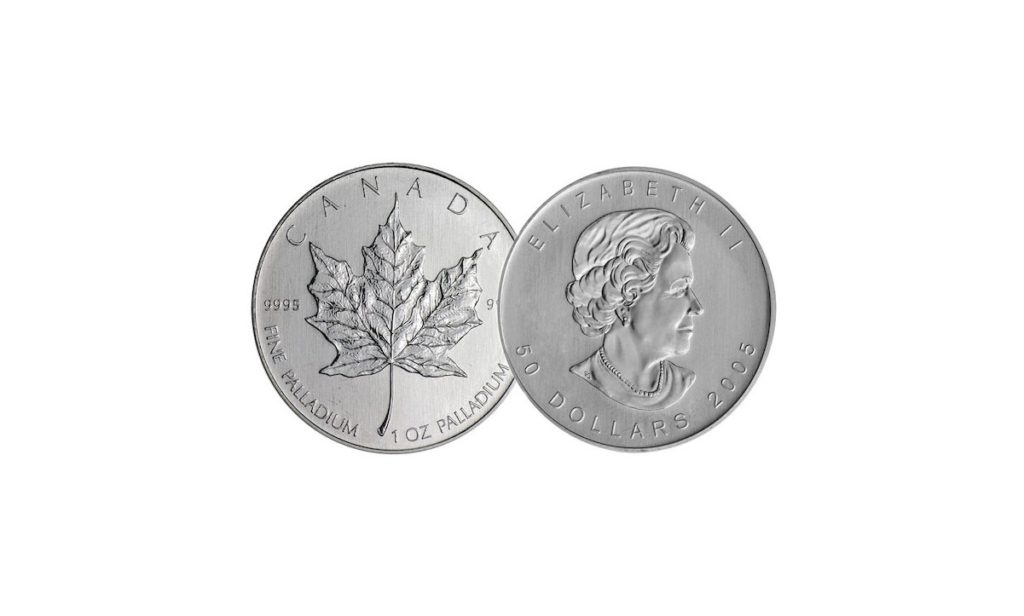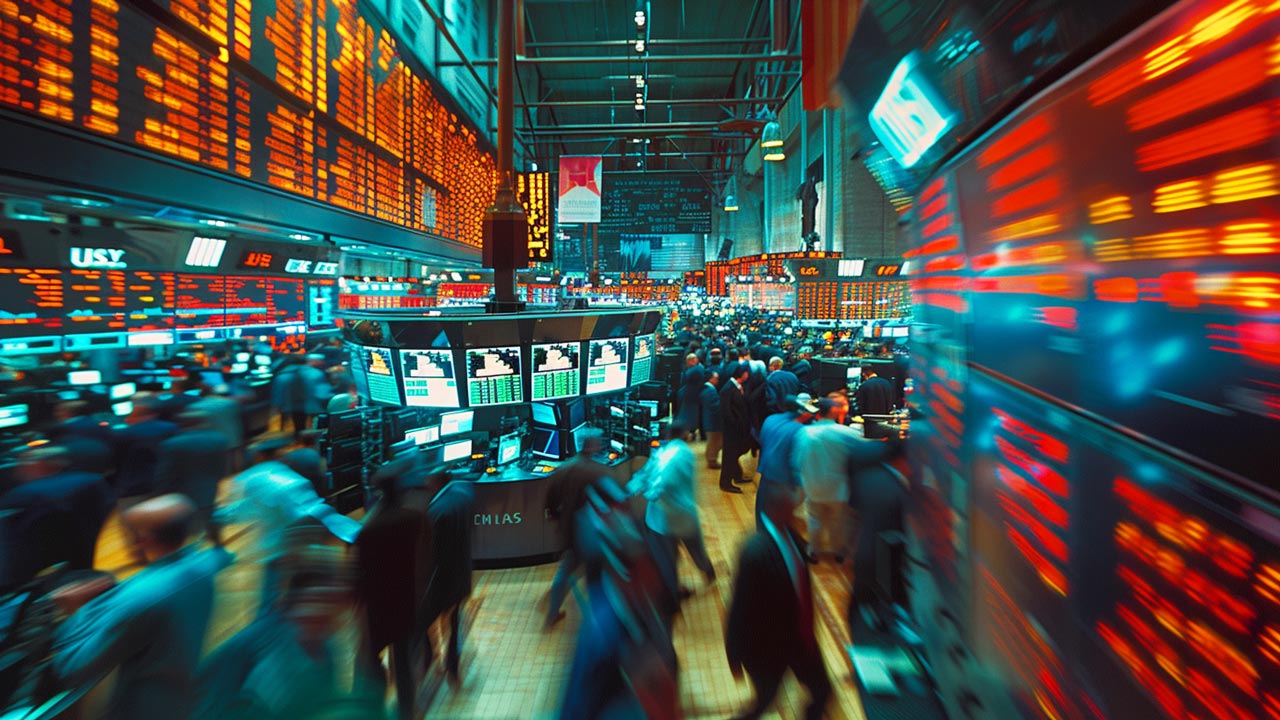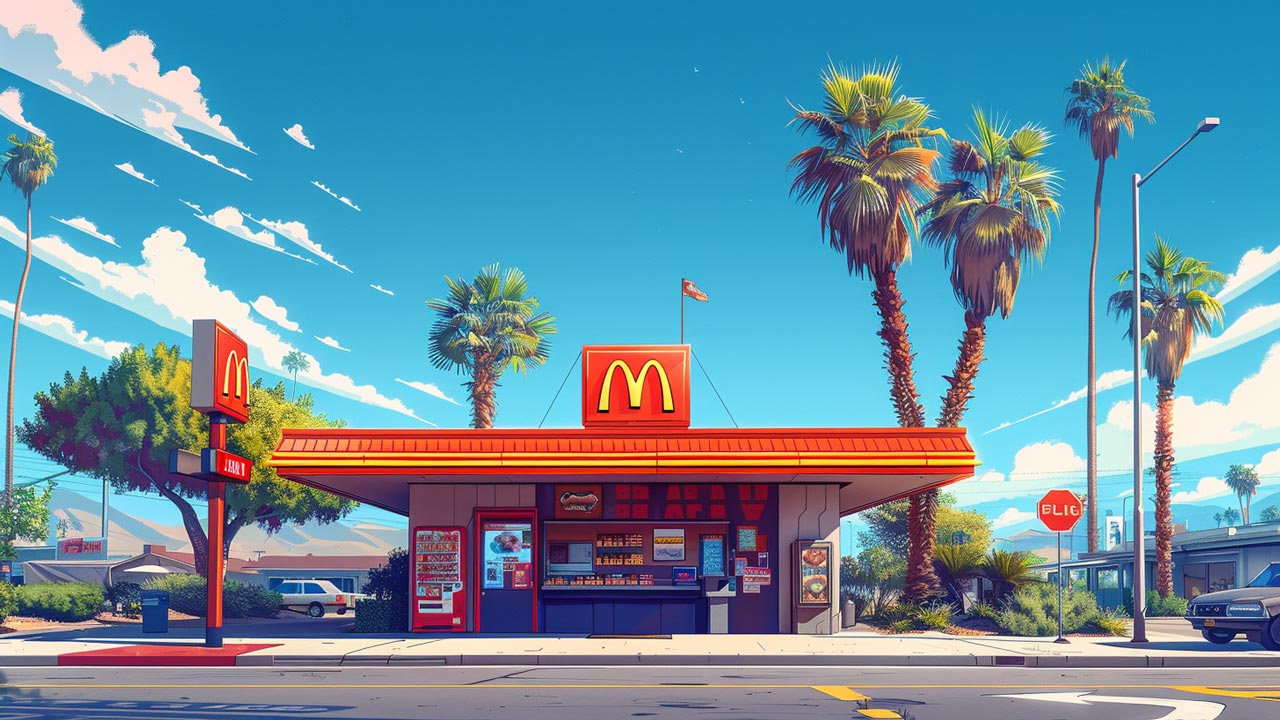A Brief History of Palladium
Lately, palladium has exploded in price. It’s stirred up a lot of buzz, and we’ve seen significant palladium sales (both clients buying and selling) in the last few weeks. In fact, there has been more interest in this metal than we have seen in the 10 years of SchiffGold’s history. However not too many people know much about palladium or its history.
Palladium, platinum, rhodium, ruthenium, iridium, and osmium form what is commonly called the Platinum Group Metals (PGMs). Palladium is one of the rarest metals on Earth found in 0.015 ppm (parts per million).
Given how rare palladium is it’s a substantially less liquid metal when compared to gold and silver. In my time working for SchiffGold, I’ve seen the bid/ask spread vary between $20.00 and $200.00! To put this in perspective I’ve never seen gold’s bid/ask spread increase over $2.50 during normal market hours.
Similar to platinum, palladium has a much shorter history than gold or silver. The metal was discovered in 1803 by an English chemist, William H. Wollaston, when testing the effects of hydrochloric and nitric acid on platinum. The residue that was left behind was named palladium after the asteroid Pallas. Wollaston then decided not to announce his discovery, but sold the palladium to a local mineral dealer and called it “new silver.” Another fellow chemist, Richard Chenevix, became suspicious of this “new silver” and claimed it was just a platinum-mercury alloy. William Wollaston was forced to announce his discovery to the Royal Society of London in 1805 to prove palladium could be separated from platinum.
Palladium has had many uses since its discovery. Palladium chloride was originally used as a treatment for tuberculosis, however, this had many negative side effects and was replaced by more effective treatments.
Palladium was discovered to be malleable, ductile, and tarnish resistant in common temperatures, and when combined with gold created an alloy stronger than white gold. Jewelers have been using palladium-gold alloy since the 1930s, as a cheaper alternative to platinum. In 2009, 17,400 kg (38,360 pounds) of palladium was used in China to make jewelry.
Since 1989, palladium has been used to make catalytic converters. This is because palladium is a cheaper alternative to platinum. Also, palladium has the same effect on engine exhaust as platinum. The polluting hydrocarbons, carbon monoxide, and nitrogen oxide in the exhaust are converted by the palladium and rhodium into water, carbon dioxide, and nitrogen.
In recent times, palladium has also been used in dentistry, watchmaking, surgical instruments, computers, petroleum cracking and hydrogen purification. This has placed a high demand on the metal.
The biggest producers of palladium are Russia, South Africa, Canada and the US. In 2000, Russia had difficulty bringing enough palladium to market and talked about not selling off its reserves. This caused the price of palladium to increase to $1,100 per troy ounce. The growing demand for palladium has not slowed since then. With stricter guidelines on auto-emissions, auto manufacturers are demanding even more palladium, buying up 80% of the palladium in the current market.
It remains unclear if this trend will continue, but given the price action and illiquidity of palladium, I would not be surprised if the metal trades well above $3,000.00 per ounce in the year 2020. SchiffGold does sell palladium bars and coins, and some clients are buying speculating the momentum will continue higher.
Similar to our view on platinum, it’s vitally important to remember palladium has little to no monetary precedent. This makes palladium, at best, a weak hedge against the USD and a monetary crisis. In fact, when we see the next major global economic slowdown, palladium will likely crash in price given it is virtually 100% an industrial metal and its price is dependent on industrial demand.
In other words, when the monetary crash comes as Peter Schiff has been warning for so long, “look out below” for the palladium big price drop.





 California’s government bet that they knew better than the free market. And now millions are paying the price. The story begins in 1919, when the city of Berkley, California instituted legislation setting aside districts that would only allow the construction of single-family housing. The idea spread, and soon much of California’s urban areas had adopted the zoning policy. Today, approximately 40% of the total land in Los Angeles is […]
California’s government bet that they knew better than the free market. And now millions are paying the price. The story begins in 1919, when the city of Berkley, California instituted legislation setting aside districts that would only allow the construction of single-family housing. The idea spread, and soon much of California’s urban areas had adopted the zoning policy. Today, approximately 40% of the total land in Los Angeles is […] The yen was once known as a safe-haven currency for investors to protect themselves when broader markets are shaky or other currencies are dropping, but those days are numbered. A stable government and consistent (and low) interest rates have been some of the driving factors, but it’s the unwinding of that ultra-low interest rate policy that will be the yen’s “safe […]
The yen was once known as a safe-haven currency for investors to protect themselves when broader markets are shaky or other currencies are dropping, but those days are numbered. A stable government and consistent (and low) interest rates have been some of the driving factors, but it’s the unwinding of that ultra-low interest rate policy that will be the yen’s “safe […] Whenever an election year rolls around, domestic manufacturing becomes a more central theme of discussion. Candidates from both sides, who seem to disagree on almost everything else, never waver in their commitment to auto manufacturers in Detroit and the steel industry. Republicans and Democrats never forget to remind the American public that they will try […]
Whenever an election year rolls around, domestic manufacturing becomes a more central theme of discussion. Candidates from both sides, who seem to disagree on almost everything else, never waver in their commitment to auto manufacturers in Detroit and the steel industry. Republicans and Democrats never forget to remind the American public that they will try […] The wizards at the Fed and US Treasury have been forced to acknowledge that their “transitory,” inflation is, in fact, quite “sticky.” And with the inflation elephant now acknowledged by the circus of high finance, Treasury yields keep inching up, recently reaching 4.7% — the highest since November. The Fed is stuck: It needs to raise interest rates to tame inflation and […]
The wizards at the Fed and US Treasury have been forced to acknowledge that their “transitory,” inflation is, in fact, quite “sticky.” And with the inflation elephant now acknowledged by the circus of high finance, Treasury yields keep inching up, recently reaching 4.7% — the highest since November. The Fed is stuck: It needs to raise interest rates to tame inflation and […] The solution to a problem shouldn’t make the problem worse. But apparently, California’s policy makers missed that memo. On April 1st, the state instituted a $20 minimum wage for fast food workers, the highest in the US. With California’s absurdly high cost of living, the policy appeared to make life more manageable for low-income residents. Unfortunately, as the adage goes, “If it sounds too […]
The solution to a problem shouldn’t make the problem worse. But apparently, California’s policy makers missed that memo. On April 1st, the state instituted a $20 minimum wage for fast food workers, the highest in the US. With California’s absurdly high cost of living, the policy appeared to make life more manageable for low-income residents. Unfortunately, as the adage goes, “If it sounds too […]